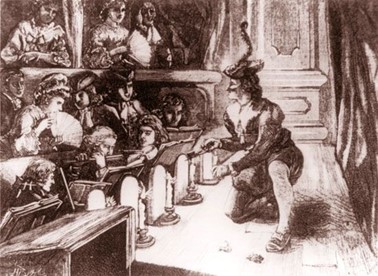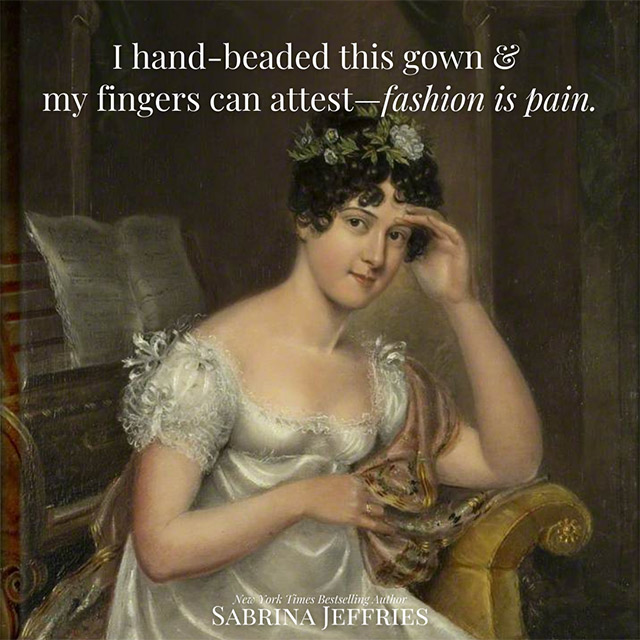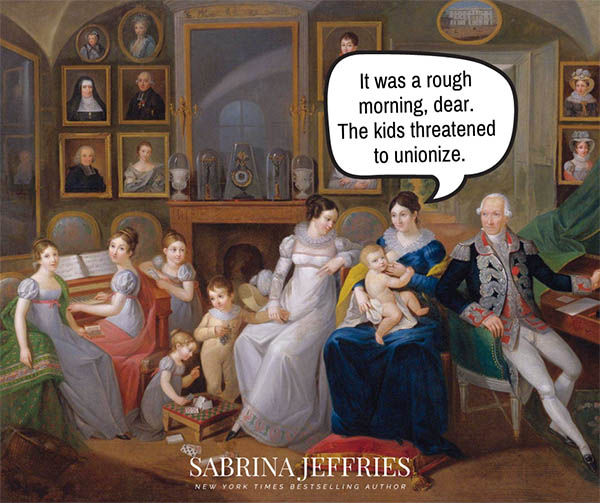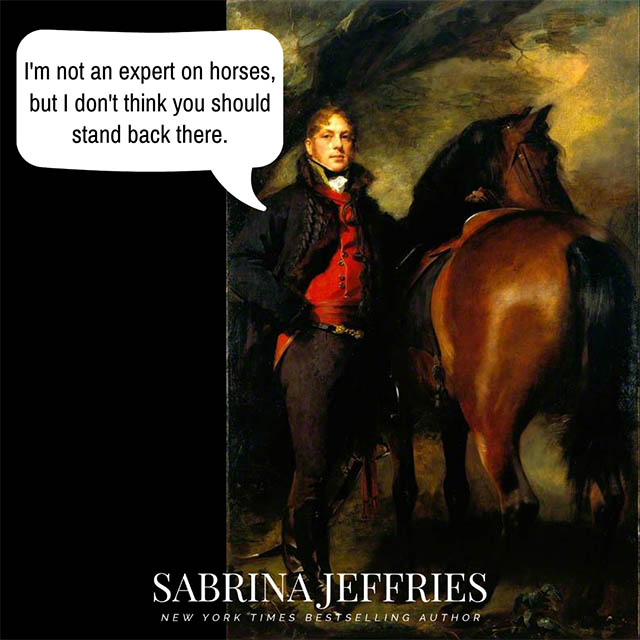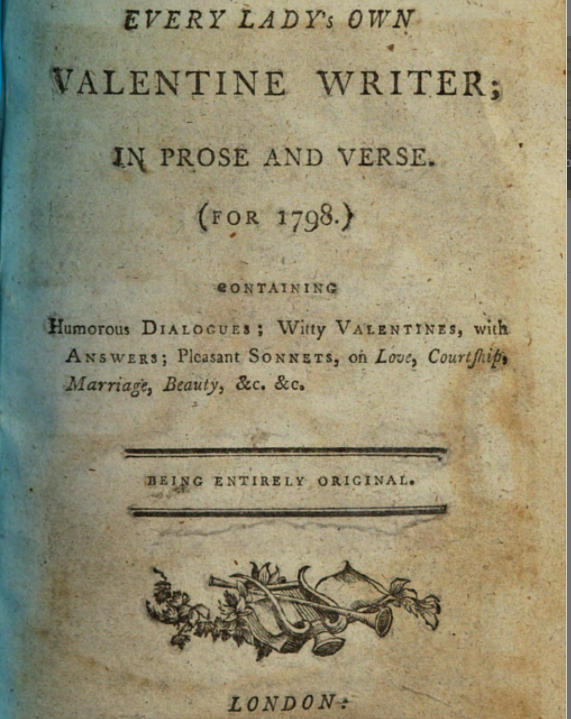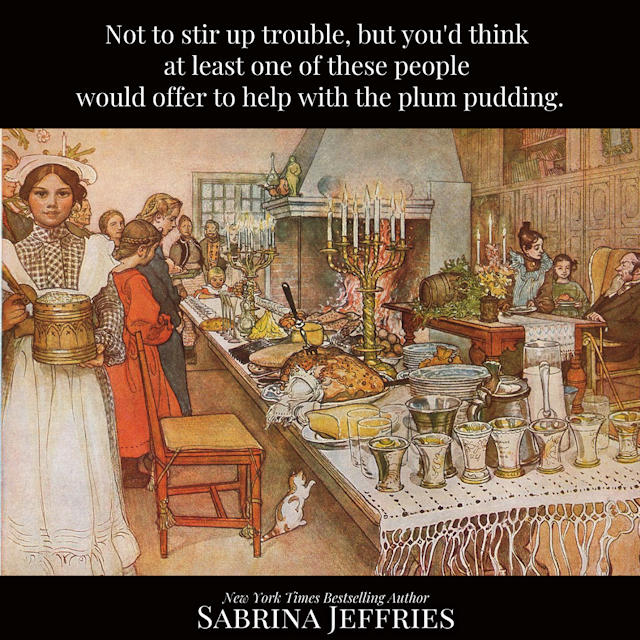New Year’s Traditions
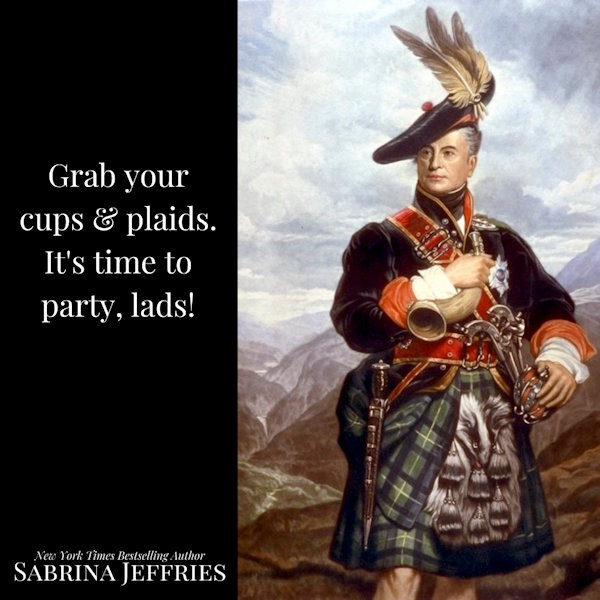
Although the U.S. has several New Year’s Day traditions, especially involving certain meals eaten for good luck, there was no such equivalent in most of Regency England. For that, we have to go farther north. While most of the English were engrossed in the countdown to Twelfth Night (on January 6th), those who lived up north joined the Scots in having big parties on Hogmanay. Hogmanay is New Year’s Eve and also spills over into New Year’s Day in its traditions. You may have heard of first-footers, who vied to be the first person to cross the threshold of a friend’s house in the New Year, and thus were bringers of good luck for the year. Gifts were carried in and distributed—salt, coal, shortbread, whisky, black bun (food and drink for the guests), and other items that might bring luck. But you probably don’t know about local customs—people bringing a decorated herring into the house (Dundee) or roaming the streets swinging fireballs (Stonehaven, Aberdeenshire) or baking special cakes (St. Andrews). I could go on, but suffice it to say, the Scots really knew how to celebrate the new year!


